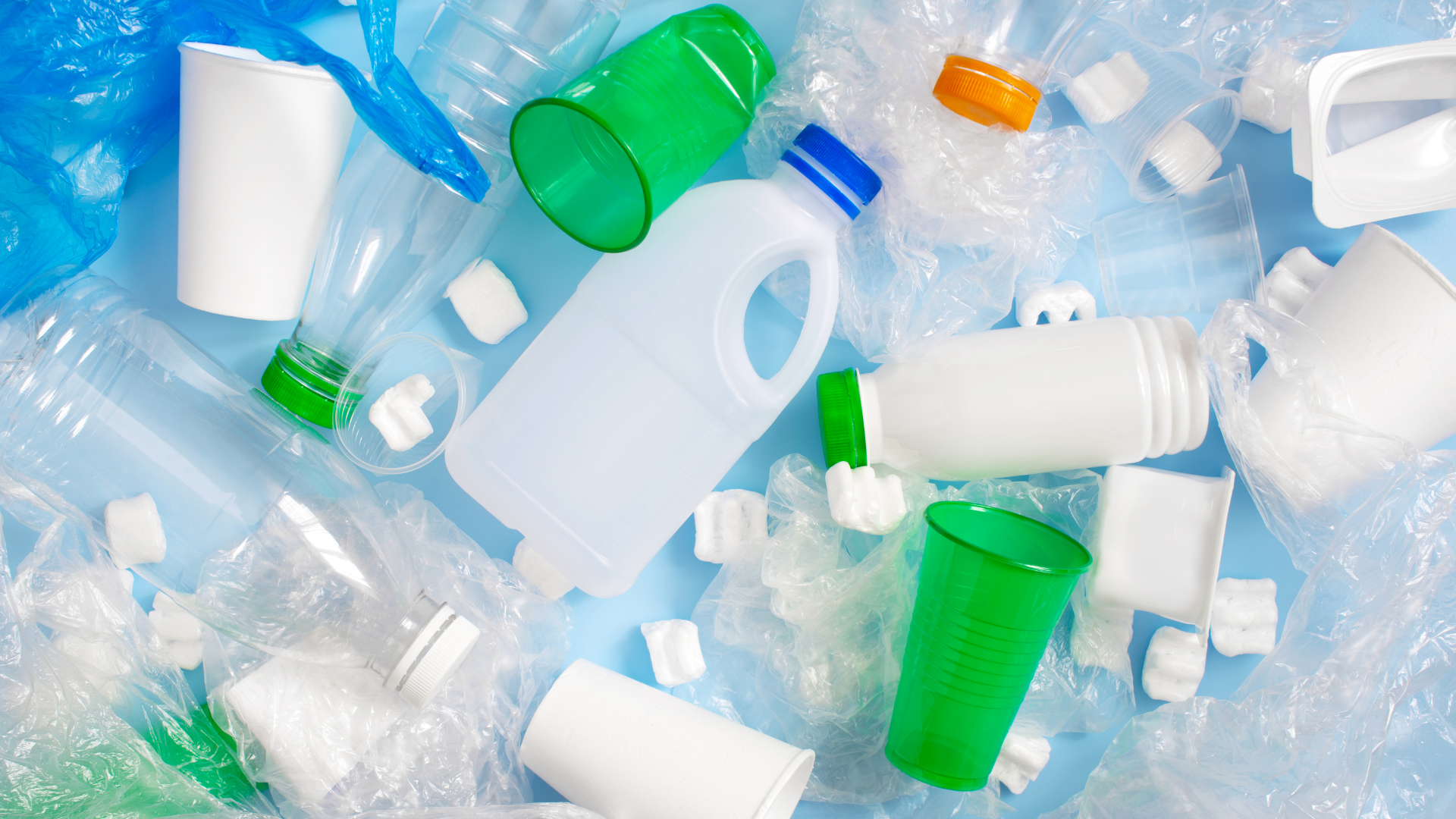
Stereochemistry as an Alternative to Plastic
Plastic is the devil! It’s cheap, convenient, and durable, and that popularity is why we use it in almost everything we do. But plastic is a petroleum product, and that, along with the fact that plastic takes thousands of years to biodegrade, is a drawback.
Plastics have garnered a bad reputation as the world grows more conscious of the environment. Many consumers, including myself, have made a conscientious effort to avoid plastics in our daily lives and have opted for more environmentally friendly strategies. But where do our recyclable plastics go? Plastic recycling is a messy, complicated process with many variables that vary from country to country.
The petroleum-based materials we use every day are wreaking havoc on the environment, and plastics are one of the biggest contributors to this pollution. Plastics are made up of long chains of carbon atoms, which come from fossil fuels. If we can find a different way to manufacture plastics, we can cut down on waste and help the environment.
Plastics are a common man-made substance used in a wide range of industries. Today, it’s estimated that there are 100 billion metric tons of plastics produced every year and that 75% of that total is single use. Unfortunately, this high consumption of plastics has led to serious environmental problems. A 2017 report estimated that of the 8.3 million tons of plastic that find their way into the ocean every year, 70% of that comes from plastic packaging.
Plastics made today are incredibly durable, but at what cost? The waste that results from plastic use is poisoning our earth, causing the deaths of wild animals and endangering the health and well-being of humans, too. For years, scientists have searched for alternatives to plastics, and biomaterials like rubber and renewable plastics made from plants are the current front-runners. But science may come to your rescue once again, in the form of a new type of plastic developed by scientists at Harvard.
Plastic is everywhere, and most of us can’t really imagine a world without it. However, plastic is not all that it is cracked up to be. While some plastic products are entirely recyclable, most cannot be recycled due to their composition. As a result, many end up in landfills or in the ocean, where they cause significant harm to the environment. While plastic is not going away any time soon, scientists are working on alternatives. One alternative that has recently hit the market is stereochemistry, and a closer look at stereochemistry’s potential benefits to society may help explain why.
Scientists are developing a way to make plastic without polluting the oceans or slowly killing marine life. It turns out that scientists use stereochemistry when studying, among other things, how molecules interact with each other. Our bodies also function according to stereochemistry, which means that our environment or diet can affect the structure of molecules inside our bodies, including our hormones.
Researchers from the Lab of Organic Synthesis in Hybrid Materials at the Fritz-Haber-Institut in Germany have developed a new plastic that, when injected into food, allows the consumer to see where the synthetic molecules are coming from. The synthetic polymer was first made by replicating the structure of a natural polymer found in plants, called cellulose. The scientists then tweaked these molecules, adding oxygen, nitrogen, and hydrogen to the cellulose structure to change the properties of the material. These new synthetic molecules allow for a new kind of transparency in food packaging, where consumers can see what’s inside the packaging and exactly where it comes from.
Stereochemistry is the study of symmetry in molecules and solids. For example, there is a special type of symmetry called enantiomer symmetry. In chiral compounds, different mirror images of the same compound have different physical properties. In achiral compounds like polyethylene (PE), the right and left mirror images have no differences in physical properties.
Stereochemistry is a branch of chemistry that looks specifically at how different molecules will interact when they are mixed. It’s a way to organize substances based on how they pair together, which is done through hydrogen and carbon. The usefulness of stereochemistry has been well documented for many decades, but modern applications have taken it even further. In 2019, stereochemistry was being used in applications for everything from making biodegradable plastic to developing new cancer medicines.

Comments (0)